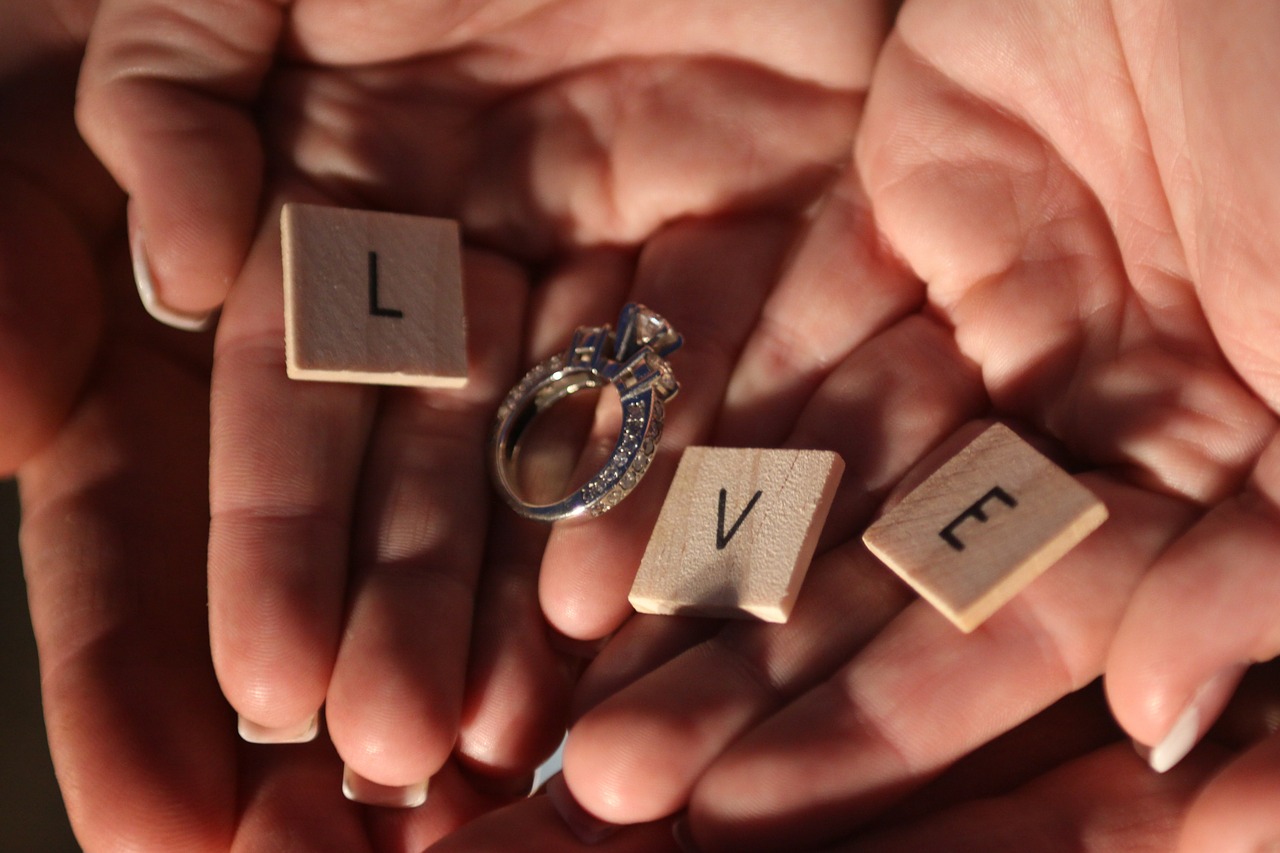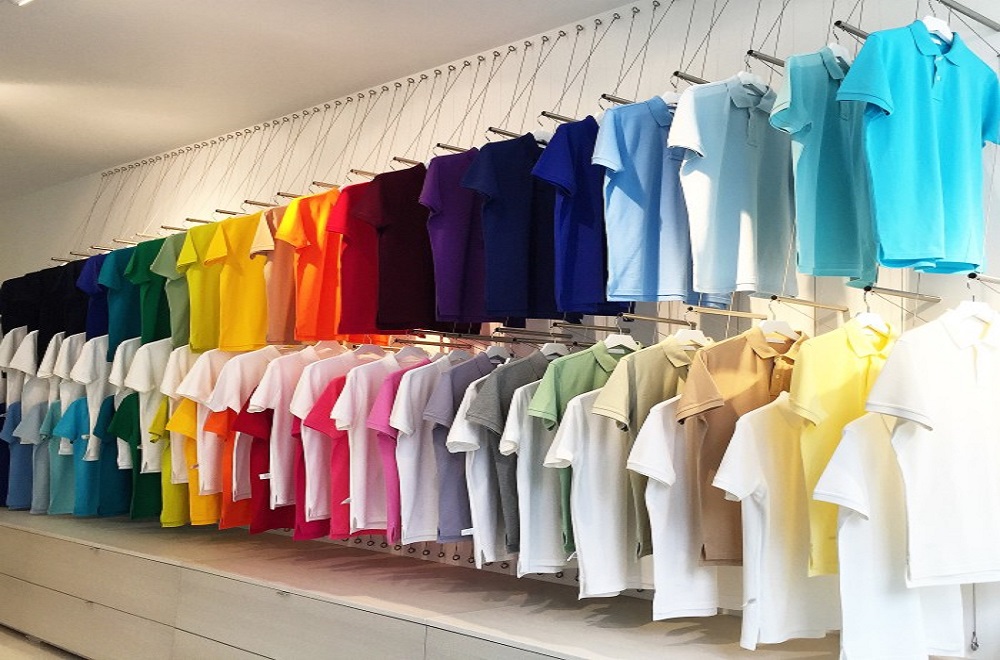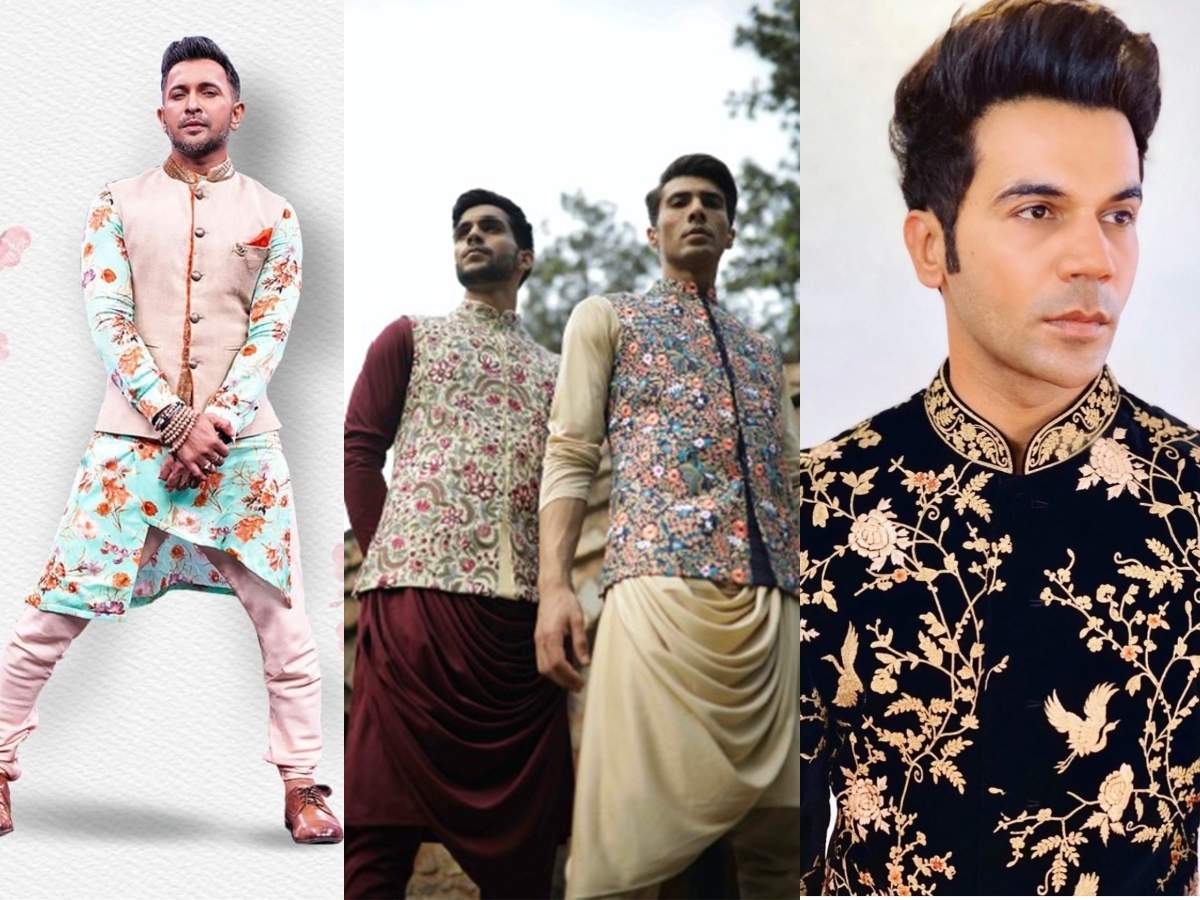Introduction
The rich traditions and diverse cultural history of the Gujaratis are well-known. The culture of the people does not end with a single generation; rather, community elders make sure that younger generations continue to practise it, which naturally fosters wisdom and appreciation for cultural customs and ways of life. As part of their culture, they also link hands to welcome visitors and elders. Gujarat's residents lead very balanced lives thanks to their excellent educational and religious systems. Share your thoughts at the Write For Us Culture category.
Language and Religion
Many different religions coexist harmoniously in the state and have a big influence on Gujarat culture and heritage. Since most Gujaratis believe in a variety of gods and goddesses, Gujarat's customs and traditions are immensely diversified. The Gujarati people actively practise a passionate fusion of Hinduism, Jainism, Islam, and Buddhism. As a result, the locals exhibit a balanced way of life, an enrichment of artistic qualities, and a blend of many religious practises. The three most widely seen events are birth, marriage, and thread ceremonies. The rites connected with these ceremonies can only be carried out by highly ranked Brahmins.
Gujarat natives speak the Gujarati language. It is an Indo-Aryan language that descended from Sanskrit and is widely spoken around the world, not just in Gujarat. Kutchi, Charotari, Kathiawal, and Surti are some of the other regional dialects that are spoken in this area. A portion of the residents of Gujarat's neighbouring states also speak a number of other languages in addition to Gujarati dialects. Marathi, Hindi, Marwari, Sindhi, and a little bit of Urdu are a few of these languages that are spoken. Thus, the numerous Gujarati languages contribute significantly to the rich culture and tradition of Gujarat.
Lifestyle
The traditional clothing of Gujarat is the kediya for males and the chaniya choli for ladies. These garments feature embroidered, beading, and mirror work. There are various clothing embellishments, including patola and bandhani. Gujarati jewellery are a significant component of their traditional dress. Their jewellery is distinctive. Beautiful and alluring accessories include necklaces, chains, earrings, bangles, and key rings. While males adorn themselves with jewellery, turbans, and gold chains. Women in rural areas often wear silver metallic jewellery, which are very fashionable nowadays. Jewellery is meticulously created, giving it an alluring and beautiful appearance.
Art
The most well-known Gujarati arts and crafts are embroidery, printing, wood carving, jewellery, and stone work, and their beauty is acknowledged around the world. The finest handwoven sarees are made from patola silk, which is frequently referred to as the "queen of all silks." Patan is the location connected to Patola. Here, sarees are expertly and precisely weaved with beautiful patterns. The 'zari' business, which is located in Surat, is well-known throughout the world for its embroidery work. Here, you may find well-known embroidery designs including Chalak, Salama, Kangiri, and Tiki. Another well-liked craft is abhala, or "mirror work," in which tiny mirrors are sewed onto fabrics to give the needlework a sparkling appearance.
The Bottom Line
Gujarat is a prosperous state with a variety of cultures. The culture of India is fundamentally influenced by this dynamic situation. Gujarati culture is a synthesis of customs, values, arts, and modernization. Gujarat is one of the most industrialised states in India, although it nevertheless maintains much of its ancient traditions and rich culture.









